Georgia Tech’s College of Engineering consistently produces articles, content, and videos highlighting our students, staff, faculty, and research. This includes stories about artificial intelligence, robots, engineering systems, space exploration and rockets, medical advances, and more.

Rivian Announces Scholarship Program for ECE, ME Students
Rivian Scholars will receive tuition support and internship opportunities as the company deepens roots in Georgia.
Rivian Scholars will receive tuition support and internship opportunities as the company deepens roots in Georgia.
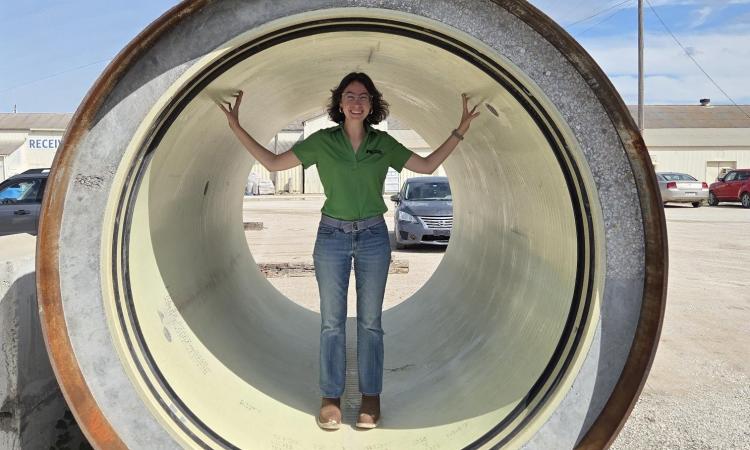
Mastering Clean Water
Antonia Kopp wants to use her environmental engineering master's degree to ensure that Atlanta’s water system flows as it should.
Antonia Kopp wants to use her environmental engineering master's degree to ensure that Atlanta’s water system flows as it should.
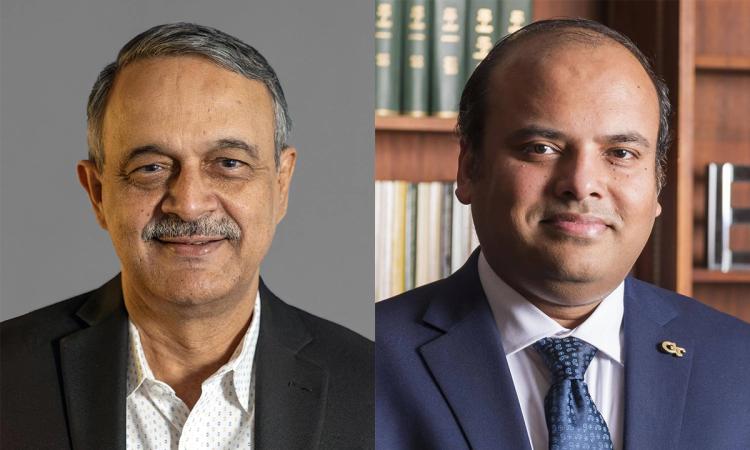
Divan, Raychowdhury Named National Academy of Inventors Fellows
The researchers are receiving the top honor for their innovations in advancing power grid modernization and semiconductor design.
The researchers are receiving the top honor for their innovations in advancing power grid modernization and semiconductor design.
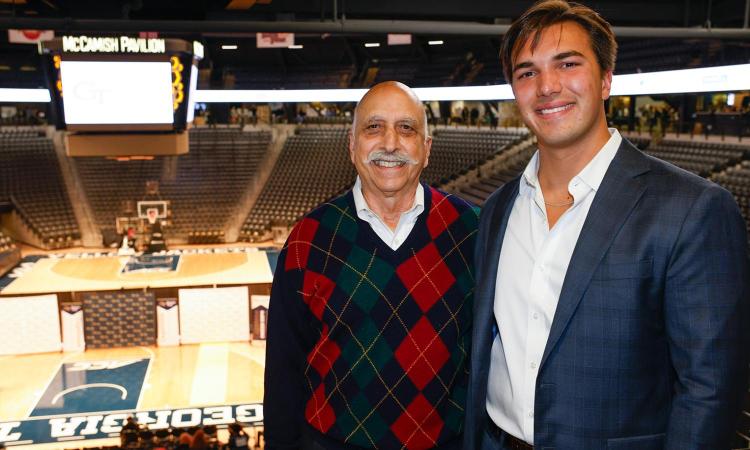
60 Years Later, Finally Another Yellow Jacket in the Family
Peter Petrecca has been the lone Georgia Tech engineer in his family for decades. That changes in December when his grandson graduates exactly 60 years after Petrecca finished his degree.
Peter Petrecca has been the lone Georgia Tech engineer in his family for decades. That changes in December when his grandson graduates exactly 60 years after Petrecca finished his degree.
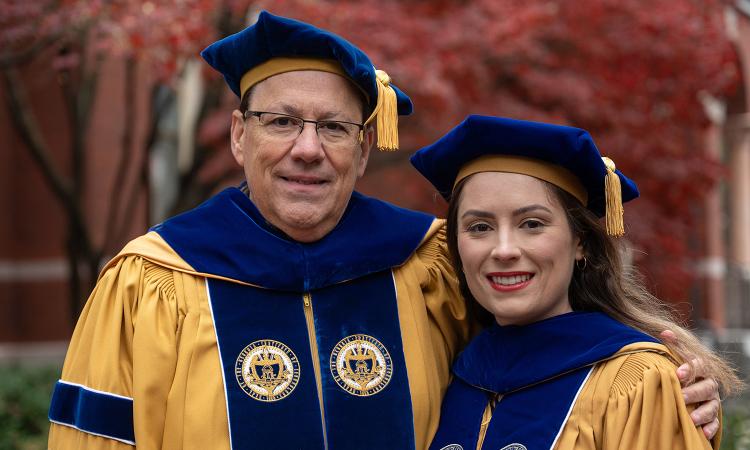
Father and Daughter Celebrate Triple Jacket Milestone
When Sophia Mavris crosses the stage during Georgia Tech’s Fall 2025 graduation ceremonies, she won’t be the only member of her family in regalia.
When Sophia Mavris crosses the stage during Georgia Tech’s Fall 2025 graduation ceremonies, she won’t be the only member of her family in regalia.
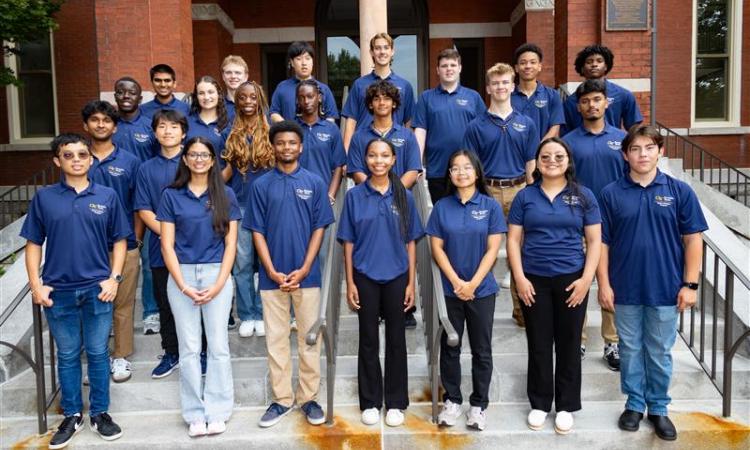
Six Years After It Began, Dean’s Scholars Program Eclipses 100 Endowed Scholarships
The community-based program includes tuition help and professional and leadership development, mentoring, academic advising, and mental health support for engineering students.
The community-based program includes tuition help and professional and leadership development, mentoring, academic advising, and mental health support for engineering students.
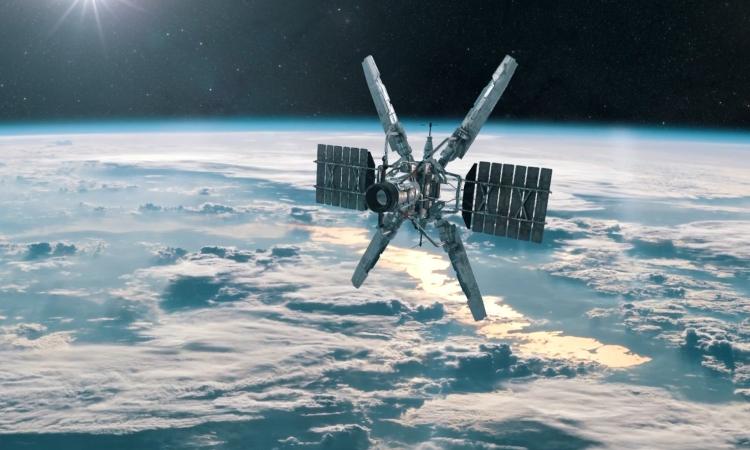
How Georgia Tech's Space Research Shapes Everyday Life
Research in Georgia Tech's Space Research Institute and across campus shows space is less final frontier and more bridge from the galaxy to the ground.
Research in Georgia Tech's Space Research Institute and across campus shows space is less final frontier and more bridge from the galaxy to the ground.

What if Hospitals Could Automatically Protect Patients from Cyber Threats?
Cybersecurity researchers will develop an platform to help hospitals proactively find and fix vulnerabilities in their software, devices, and networks under a $12 million contract from the Advanced Research Projects Agency for Health.
Cybersecurity researchers will develop an platform to help hospitals proactively find and fix vulnerabilities in their software, devices, and networks under a $12 million contract from the Advanced Research Projects Agency for Health.
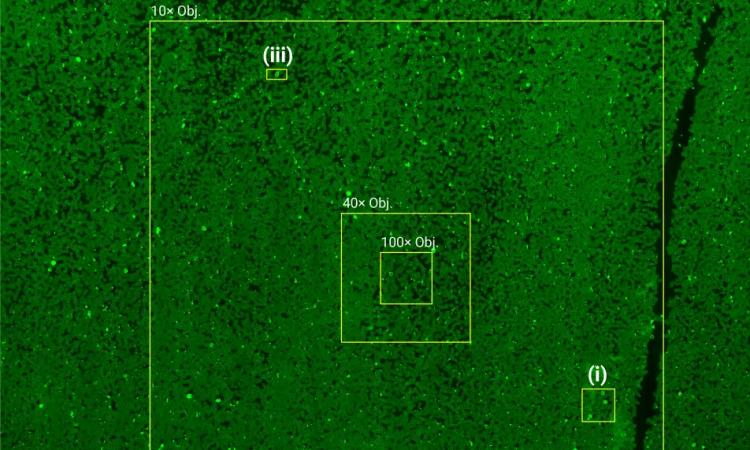
New Imaging Technique Enables Rapid, High-Resolution Views of Biology at the Cellular Level
The method created by electrical, mechanical, and biomedical engineers can achieve real-time, panoramic, super-resolution images, opening doors to advanced large-scale cellular analysis.
The method created by electrical, mechanical, and biomedical engineers can achieve real-time, panoramic, super-resolution images, opening doors to advanced large-scale cellular analysis.
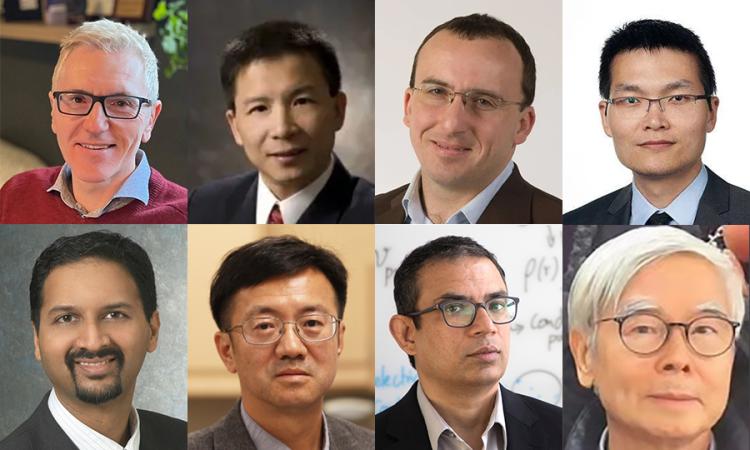
Engineering Researchers Among World’s Most Highly Cited in 2025
Clarivate's annual list of researchers whose work demonstrates exceptional influence includes eight College of Engineering faculty members in 2025.
Clarivate's annual list of researchers whose work demonstrates exceptional influence includes eight College of Engineering faculty members in 2025.
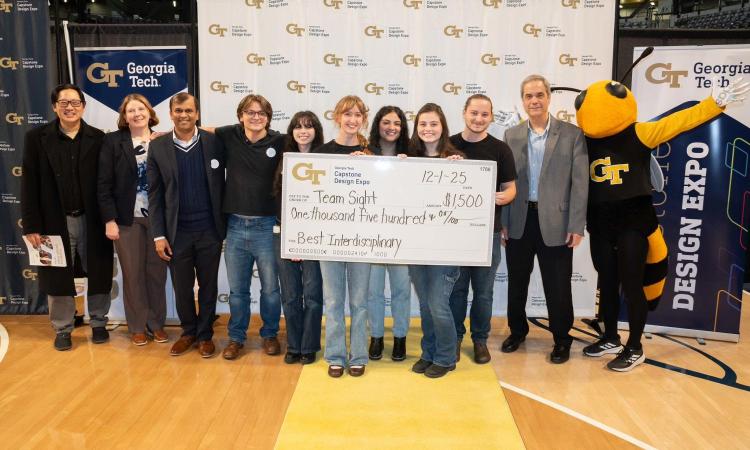
Self-Assembled Eyeglasses, Wearable Device for Bladder Health Win Capstone Expo
The fall 2025 showcase included semester-long design projects from more than 600 students across engineering, design, and computing.
The fall 2025 showcase included semester-long design projects from more than 600 students across engineering, design, and computing.

Clean, Old-Fashioned ... Collaboration
Despite the heated on-field and on-court rivalry between Georgia Tech and the University of Georgia, the state's two flagship universities find power in working together to engineer the future of healthcare.
Despite the heated on-field and on-court rivalry between Georgia Tech and the University of Georgia, the state's two flagship universities find power in working together to engineer the future of healthcare.
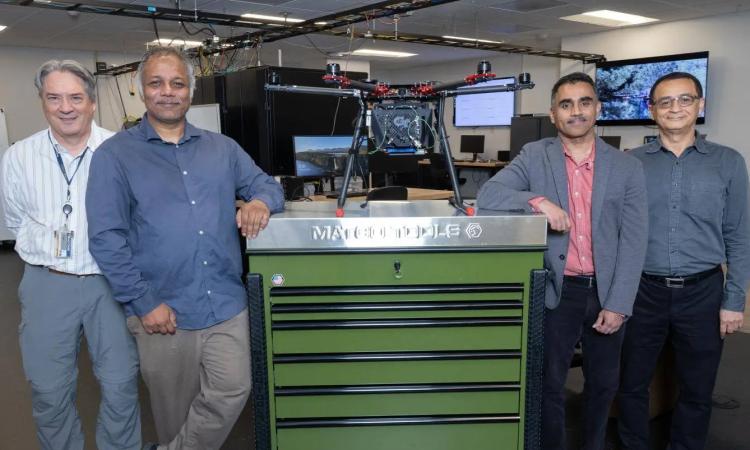
New ECE, GTRI Center Scales Up FutureG Wireless Research Efforts
The Center for Wireless Intelligence is powered by a multi-site wireless test bed and cross-sector collaboration.
The Center for Wireless Intelligence is powered by a multi-site wireless test bed and cross-sector collaboration.

Real-World Helper Exoskeletons Just Got Closer to Reality
Georgia Tech researchers are using AI to quickly train exoskeleton devices, making it much more practical to develop, improve, and ultimately deploy wearable robots for people with impaired mobility.
Georgia Tech researchers are using AI to quickly train exoskeleton devices, making it much more practical to develop, improve, and ultimately deploy wearable robots for people with impaired mobility.
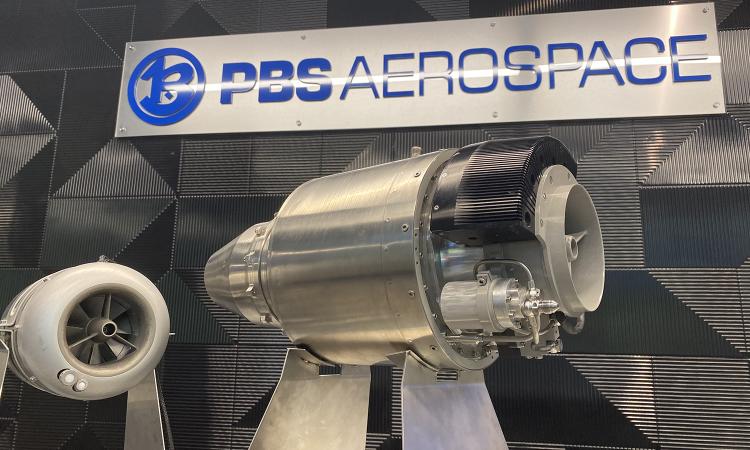
Georgia Tech and PBS Aerospace Power Next-Gen Defense Innovation
Aerospace engineering research and talent are helping the company launch a new era of aerospace manufacturing in Roswell, Georgia, advancing U.S. defense innovation and fueling the state’s growing leadership in drone and propulsion technology.
Aerospace engineering research and talent are helping the company launch a new era of aerospace manufacturing in Roswell, Georgia, advancing U.S. defense innovation and fueling the state’s growing leadership in drone and propulsion technology.
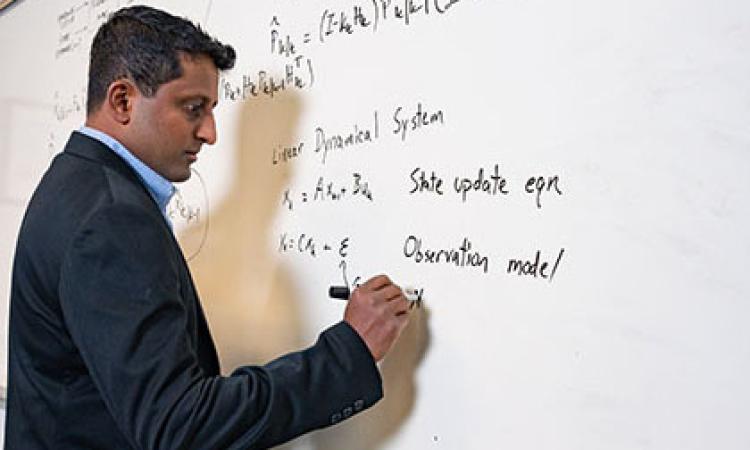
How Researchers Use Computing and Engineering Methods to Shift Neuroscience Paradigms
Meet the Georgia Tech engineers and scientists working to understand how humans think, treat diseases, and better understand psychiatric disorders.
Meet the Georgia Tech engineers and scientists working to understand how humans think, treat diseases, and better understand psychiatric disorders.
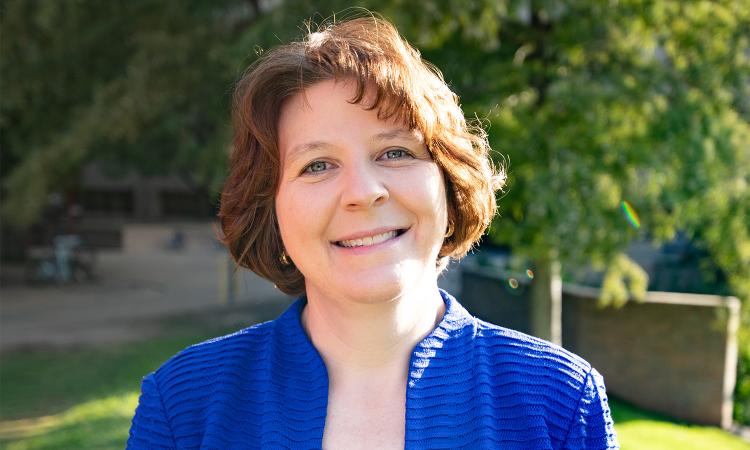
Carolyn Seepersad to Lead Woodruff School as Chair
The Georgia Tech alumna will guide the nation’s No. 2 public mechanical engineering program, leveraging a $100 million gift as the catalyst for innovation and shaping a future that extends beyond its initial impact.
The Georgia Tech alumna will guide the nation’s No. 2 public mechanical engineering program, leveraging a $100 million gift as the catalyst for innovation and shaping a future that extends beyond its initial impact.

A Veteran’s Mission to Improve Healthcare in Developing Nations
Delayed diagnosis of his mother's cancer has driven Marine Corps veteran Thomson Main to study biomedical engineering in hopes of better equipping doctors in his native Kenya and other communities with limited medical resources.
Delayed diagnosis of his mother's cancer has driven Marine Corps veteran Thomson Main to study biomedical engineering in hopes of better equipping doctors in his native Kenya and other communities with limited medical resources.
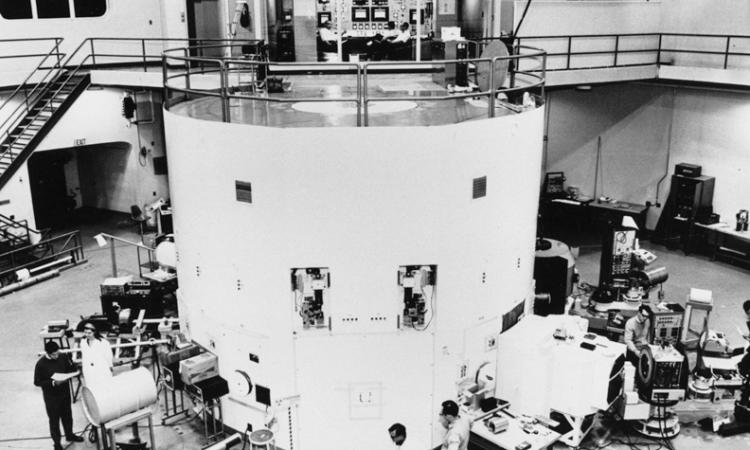
Former Georgia Tech Reactor Site Named a Nuclear Historic Landmark
The American Nuclear Society is recognizing the Neely Nuclear Research Center for pioneering contributions to nuclear science, education, and technology and its transformative role in peaceful nuclear research.
The American Nuclear Society is recognizing the Neely Nuclear Research Center for pioneering contributions to nuclear science, education, and technology and its transformative role in peaceful nuclear research.

Alumnus Andre Dickens Elected to Second Term as Atlanta Mayor
The chemical engineering graduate is the second alumnus to serve as the city’s mayor, following the late Ivan Allen Jr.
The chemical engineering graduate is the second alumnus to serve as the city’s mayor, following the late Ivan Allen Jr.
Pagination
- Current page 1
- Next page